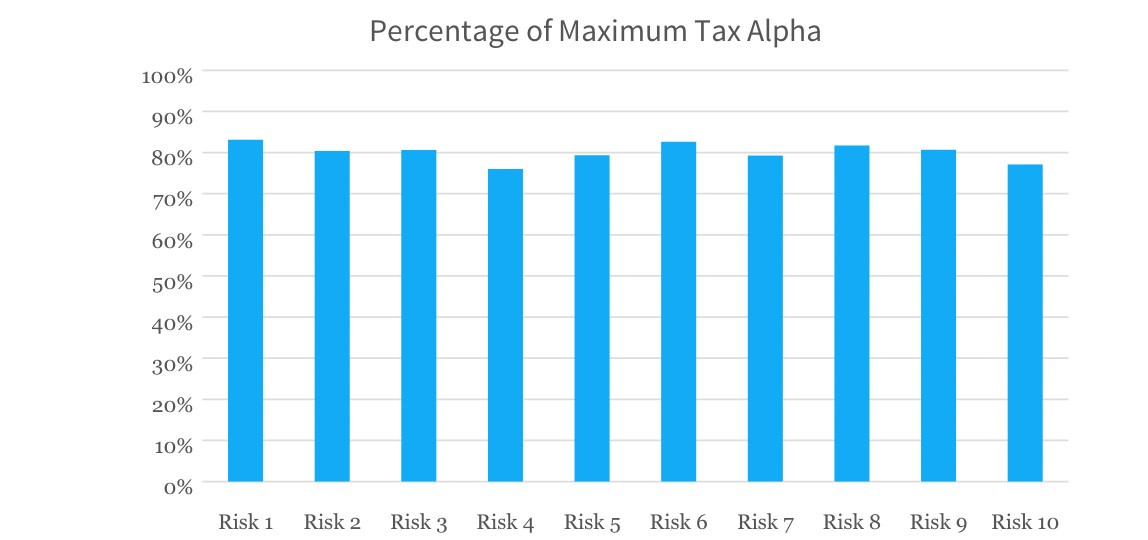Wealthfront Investment Methodology White Paper
Post on: 1 Май, 2015 No Comment

Methodology White Paper
How to build and manage a diversified investment portfolio
Introduction
Wealthfront aims to deliver an automated investment management service that maximizes the net-of-fee, after-tax, real investment
return for each client’s particular tolerance for risk. This paper describes the methodology we employ to achieve this
objective.
Our investment management team, led by Dr. Burton Malkiel, renowned economist and author of A Random Walk Down Wall
Street. designed a service that starts with a portfolio diversified across relatively uncorrelated asset classes,
customized for your particular risk tolerance. We invest with an equity orientation to maximize long-term returns.
Each of our selected asset classes is represented by a low cost, passive ETF. We continuously monitor and periodically
rebalance your portfolio to maximize your chance of investment success for the long run. We also attempt to minimize
your taxes by analyzing the taxes likely to be generated by any given asset class, and then allocating different asset
classes in taxable and non-taxable (retirement) portfolios.
We use Modern Portfolio Theory (MPT) to identify the ideal portfolio for each client. The economists who developed
MPT, Harry Markowitz and William Sharpe, received the Nobel Prize in Economics in 1990 for their groundbreaking
research. Today, MPT is the most widely accepted framework for managing diversified investment portfolios. MPT has its
limitations, especially in the area of very low probability significant downside scenarios, but we and our advisors believe
it is the best framework on which to build a compelling investment management service.
Sophisticated investment management services were previously available only to wealthy investors through financial
advisors. Typically, those advisors charge annual management fees in excess of 1%, and require account minimums of at least $1 million.
By implementing a completely software-based solution, informed by world-class financial expertise, Wealthfront is able to deliver
its automated investment management service at much lower cost. We democratize access to high-quality financial advice.
Our investment methodology employs five steps:
- Identify an ideal set of asset classes for the current investment environment
- Select low cost ETFs to represent each asset class
- Determine your risk tolerance to create the appropriate portfolio for you
- Apply Modern Portfolio Theory to allocate among the chosen asset classes for your risk tolerance
- Monitor and periodically rebalance your portfolio

Finding Asset Classes
Research consistently has found the best way to maximize returns across every level of risk is to combine asset
classes rather than individual securities ( Markowitz, 1952 ; Sharpe, 1964 ;
Therefore the first step in our methodology is to identify a broad set of diversified asset classes to
serve as the building blocks for our portfolios. We consider each asset class’s long-term historical behavior in
different economic scenarios, risk-return relationship conceptualized in asset pricing theories, and expected behavior
going forward based on long-term secular trends and the macroeconomic environment. We also evaluate each asset class
on its potential for capital growth and income generation, volatility, correlation with the other asset classes
(diversification), inflation protection, cost to implement via ETF and tax efficiency.
Asset classes fall under three broad categories: stocks, bonds and inflation assets. Stocks, despite their high
volatility, give investors exposure to economic growth and offer the opportunity for long-term capital gains. Stocks
provide effective long-run inflation protection and are relatively tax efficient due to the favorable tax treatment on
long-term capital gains and stock dividends (relative to the way ordinary income is taxed). Bonds and bond-like securities
are the most important income-producing asset classes for income-seeking investors. Although bonds have lower return
expectations, they provide a cushion for stock-heavy portfolios during economic turbulence due to their low volatility and
low correlation with stocks. Most bonds are tax inefficient because bond interest income is taxed at ordinary income tax
rates, except tax-exempt Municipal Bonds. Assets that protect investors from inflation in both moderate and high
inflation environments include Treasury Inflation-Protected Securities (TIPS), Real Estate and Natural Resources.
Their prices tend to be highly correlated with inflation.
Based on a thorough analysis, our investment team currently works with the asset classes listed in Table 1.














